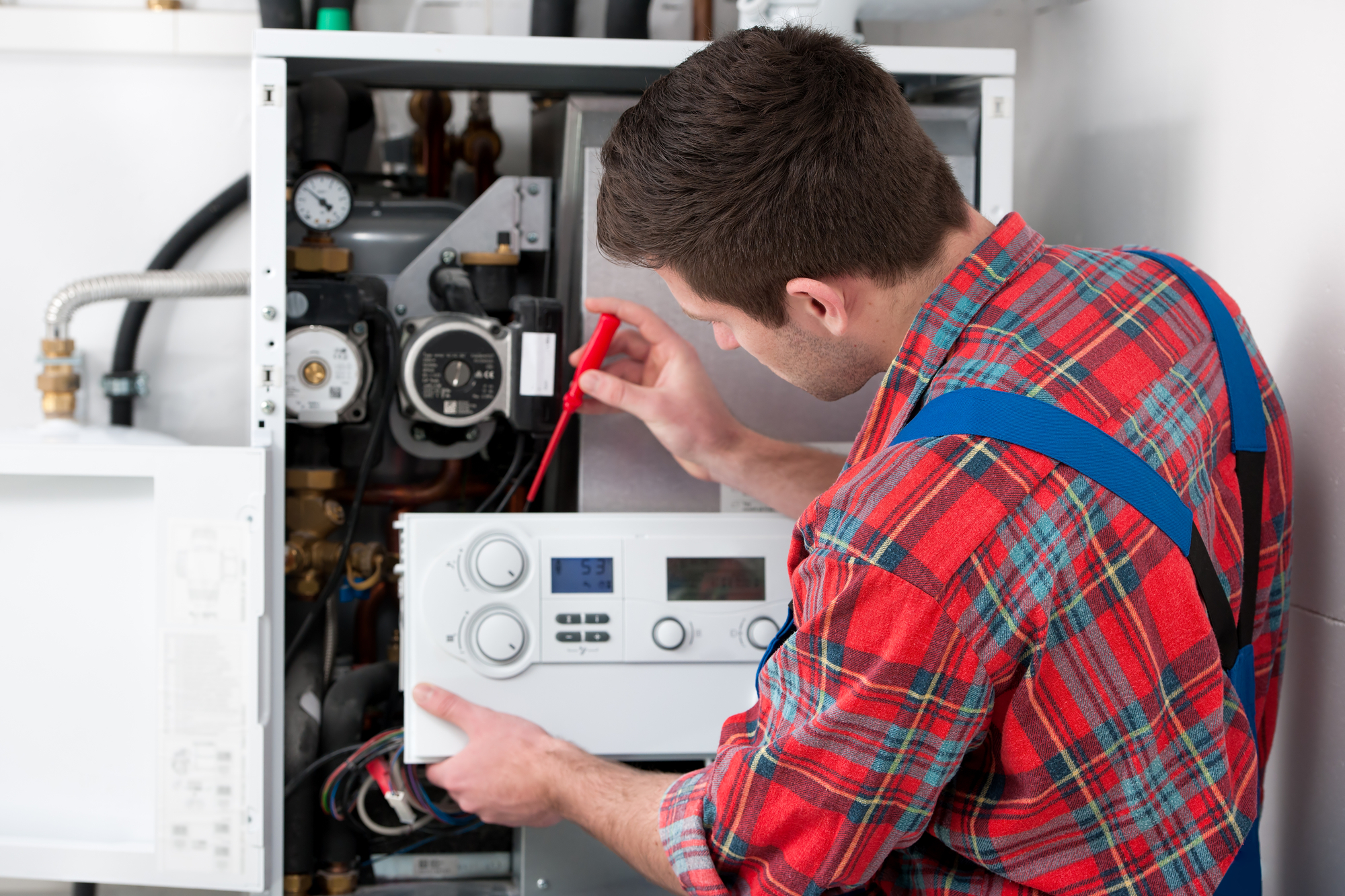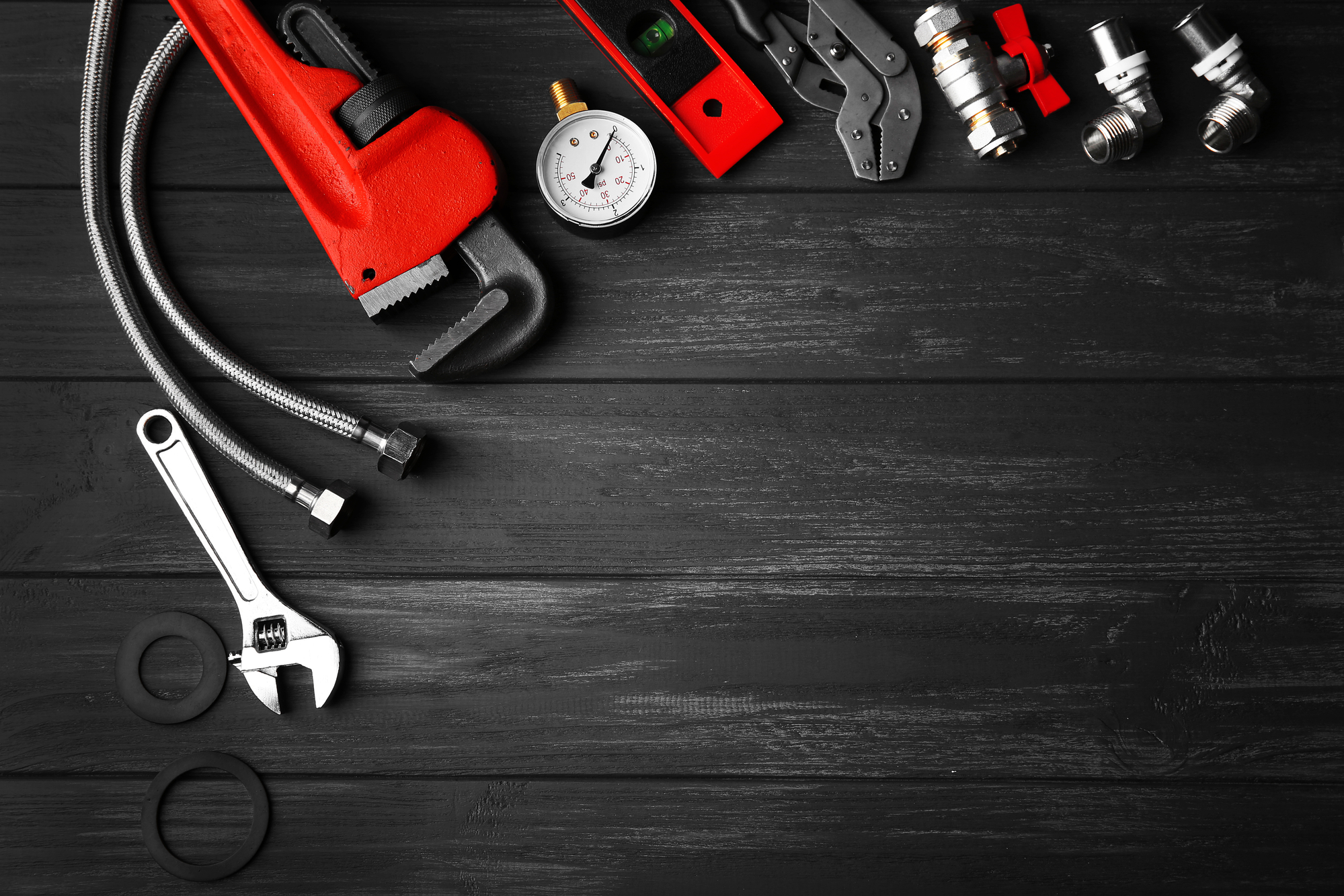Plumbing has come a long way since its early days. In ancient times, plumbing consisted of simple canals and channels that transported water from one location to another. But today, plumbing is a highly specialized field that requires experts to have a deep understanding of the complex systems used in modern buildings. To meet the ever-increasing demand for expert plumbers, plumbing education and training have evolved into a highly sophisticated field that employs cutting-edge tools and techniques.
One of the most significant advancements in plumbing education and training is the use of virtual reality systems, which provide realistic simulations of plumbing systems. These systems allow students to gain practical experience in a safe, controlled environment. By using virtual systems, students can observe complex plumbing systems from all angles, identify potential problems before they occur, and test out new methods of repair and maintenance. This enables plumbing professionals to keep up with the latest technologies and techniques, providing the highest quality service to their clients.

Another important development in plumbing education is remote learning. Online platforms offer a range of courses that cater to the needs of students with varying levels of experience and interest in the field. Online instruction enables students to learn at their own pace, at a time and place that is convenient for them. This type of flexibility has attracted many students who would otherwise not be able to attend traditional classes. Educators can also use webinars, live chats, and video conferencing to stay in touch with their students, answer questions, and provide feedback.
Other important tools and techniques that are used in plumbing education and training include computer-aided design (CAD) software, plumbing inspection cameras, and diagnostic equipment. CAD software enables plumbers to design and plan complex plumbing systems with precision, ensuring that every component fits perfectly. Plumbing inspection cameras can be used to inspect pipes and other hard-to-reach areas, allowing plumbers to detect and diagnose problems quickly. Diagnostic equipment, such as pressure gauges and thermometers, can be used to measure various aspects of plumbing systems and identify issues that may require attention.

The use of technology in plumbing education has had a significant impact on the industry as a whole. By providing students with the latest tools and techniques, educators can create a workforce that is well-equipped to handle the challenges of modern plumbing systems. This results in a higher quality of service for customers and greater job satisfaction for plumbers.
Of course, it’s not just about the tools and techniques used in plumbing education and training. Plumbers also need to possess certain personality traits and soft skills, such as effective communication, problem-solving ability, and a customer service-oriented mindset. Plumbing is not just about fixing pipes and installing new systems; it’s about building relationships with customers and earning their trust. Educators need to help students develop these skills as well.
In conclusion, plumbing education and training have come a long way in recent years. With the use of cutting-edge tools and techniques such as virtual reality systems, remote learning, and diagnostic equipment, plumbers can gain the skills and experience they need to tackle modern plumbing systems. But it’s not just about the technology; plumbers also need to possess certain personality traits and soft skills in order to be successful in their jobs. By providing the right education and training, we can create a workforce that is well-prepared to meet the challenges of the modern plumbing world.






